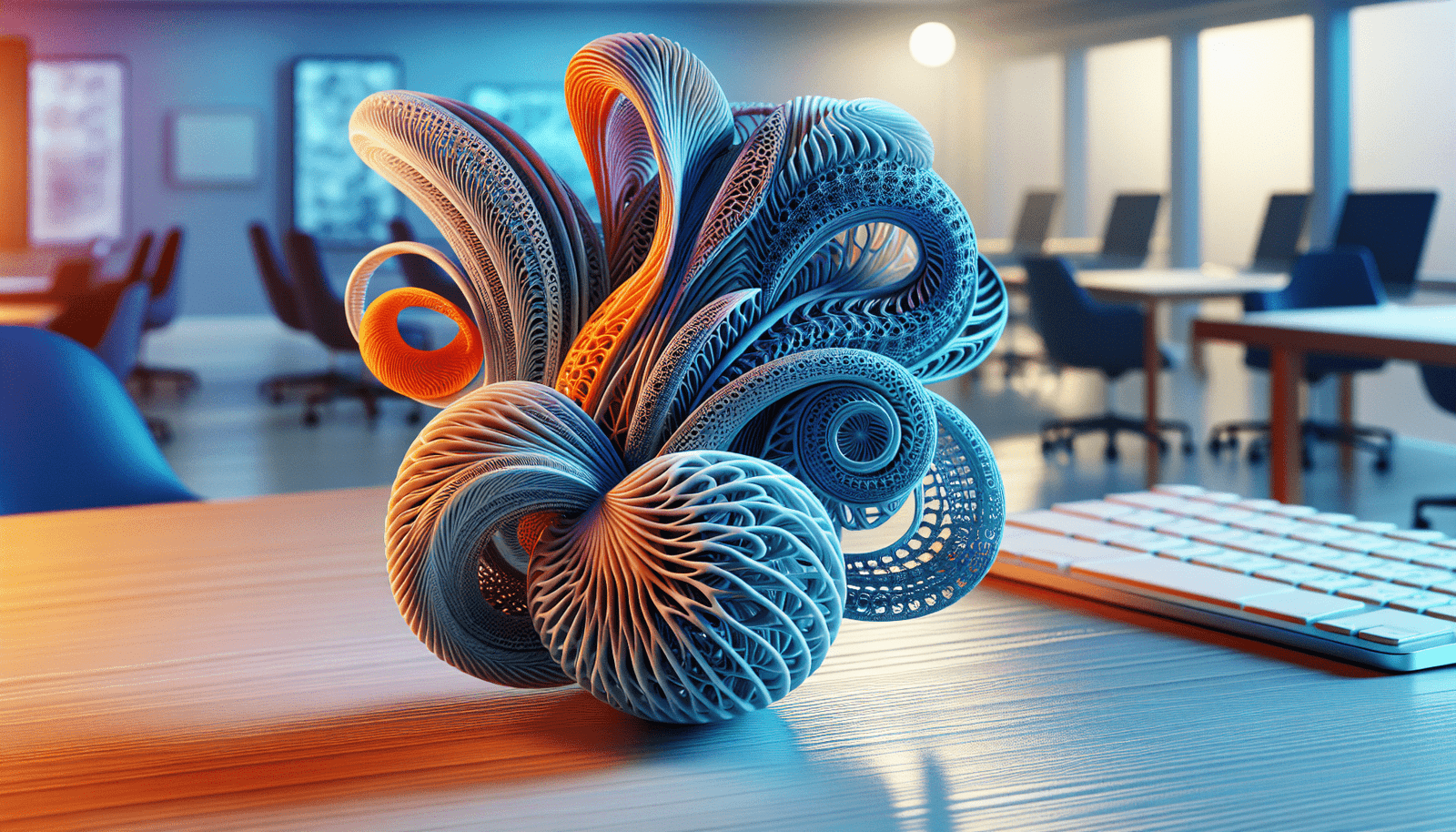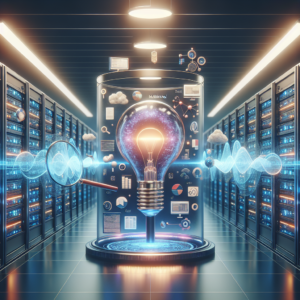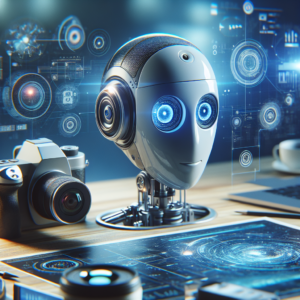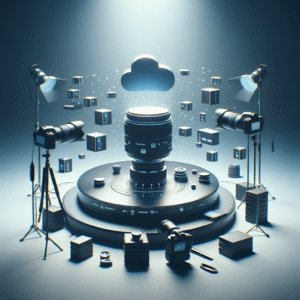What would a world look like if we could create anything we wanted, right in the comfort of our homes? With 3D printing technology, this dream is starting to become a reality. It’s fascinating to imagine the potential of 3D printing as it continues to evolve. Let me share some insights into what the future of this technology holds and how it can impact various areas of our lives.
What is 3D Printing?
At its core, 3D printing is a process that creates physical objects from digital designs. I often think of it as turning ideas into reality one layer at a time. This technology takes a digital model and builds it up using various materials, layer by layer.
The Process of 3D Printing
There are several methods used in 3D printing, including:
- Fused Deposition Modeling (FDM): This is the most common type, where materials are heated and extruded through a nozzle.
- Stereolithography (SLA): Utilizing a laser to cure liquid resin into solid forms, SLA produces highly detailed prints.
- Selective Laser Sintering (SLS): This method uses lasers to fuse powdered materials into a solid structure.
The choice of method impacts the quality, strength, and appearance of the final product. I find it incredible how each method has its unique advantages and applications.
The Evolution of 3D Printing
3D printing has come a long way since its inception in the 1980s. Initially, it was limited to prototyping in industries such as automotive and aerospace. However, as the technology progressed, it began to penetrate other fields, including healthcare, fashion, and even food.
Timeline of 3D Printing Developments
| Year | Development |
|---|---|
| 1981 | The first 3D printing process was created by Hideo Kodama. |
| 1988 | Chuck Hull invented stereolithography, revolutionizing the industry. |
| 1999 | The first commercial 3D printer was released. |
| 2005 | The RepRap project began, aiming to create self-replicating machines. |
| 2013 | The first 3D-printed gun was successfully fired, raising safety concerns. |
| 2020 | COVID-19 pandemic spurred the rapid adoption of 3D printing for medical supplies. |
Looking at this timeline makes me appreciate the strides we’ve made in technology and what might be possible in the future.
Applications of 3D Printing
The versatility of 3D printing is nothing short of amazing. I could spend an entire day just discussing its applications across various industries. Here are a few key sectors where this technology is making a significant impact.
Healthcare
In the medical field, 3D printing is revolutionizing how we approach treatment and surgical procedures. From custom prosthetics to bioprinting organs, the implications are groundbreaking.
- Prosthetics: I’ve read about companies creating customized prosthetic limbs tailored to individuals, leading to better comfort and functionality.
- Bioprinting: Although still in its early stages, researchers are exploring ways to print tissues and organs for transplants, which could save countless lives.
Manufacturing
In manufacturing, 3D printing is streamlining production processes. It allows for rapid prototyping and short-run manufacturing, reducing both time and costs.
- Customized Products: Imagine being able to order a unique part for machinery without having to rely on widespread inventory.
- Supply Chain Optimizations: I appreciate how companies can manufacture parts on-demand, thus minimizing waste and storage costs.
Automotive and Aerospace
The automotive and aerospace industries are leveraging 3D printing to create lighter and more efficient components. The ability to design and print complex geometries means better performance and fuel efficiency.
- Lighter Components: I find it fascinating that parts made via 3D printing can weigh significantly less than traditionally manufactured counterparts.
- Components on Demand: In aerospace, having the ability to produce a part directly when needed can lead to significant savings and innovations.
Fashion
The fashion world is not left behind either. Designers are starting to incorporate 3D-printed elements into their creations, opening up a realm of possibilities.
- Bespoke Fashion: I love the idea that someone could wear an outfit custom-designed just for them, thanks to this technology.
- Sustainability: We can also consider the environmental impact, as 3D printing has the potential to use fewer materials and produce less waste.
Food
3D printing in the food industry may seem odd at first, but it’s an exciting development. Imagine printing your breakfast or dinner with precision while reducing food waste!
- Customized Nutrition: The ability to create food that meets specific dietary needs is something I find truly revolutionary.
- Artistic Presentation: There’s an artistic side to this as well, with the potential for visually stunning food designs.
Future Trends in 3D Printing
As we look ahead, there are several trends that I believe will shape the future of 3D printing technology.
Increased Accessibility
With advancements in technology, 3D printers are becoming more affordable and user-friendly. This means more individuals and small businesses can harness the power of 3D printing.
- Home Use: I envision a future where I can print custom objects right in my kitchen without needing extensive training.
- Educational Tools: Schools can use 3D printing to teach students about design and engineering in an interactive way.
Improved Materials
The development of new materials is crucial for expanding 3D printing applications. As manufacturers continue to innovate, I see a variety of materials being used, including stronger, lighter, and even bio-compatible options.
- Smart Materials: The potential for materials that react to their environment presents exciting possibilities.
- Sustainable Options: Implementing biodegradable materials is a step towards addressing environmental concerns.
Automation and AI Integration
Combining 3D printing with automation and artificial intelligence could further enhance efficiency and precision.
- AI Design: Imagine using AI to optimize designs before printing, making it easier for users to create complex geometries.
- Automated Production Pipelines: I see a future where entire production lines are automated, reducing human error and increasing productivity.
Regulation and Intellectual Property
As 3D printing technology grows, so does the need for regulations. Addressing concerns regarding intellectual property rights is essential as people can easily replicate designs.
- Legislation: Governments and organizations will need to establish clear guidelines to protect creators while not stifling innovation.
- Ethical Use: I believe discussions will arise about the ethical implications of 3D printing, especially in sensitive areas like bioprinting.
Challenges Ahead
While the future of 3D printing looks promising, several challenges could impact its growth and integration into everyday life.
Technical Limitations
Currently, some technical limitations hinder broader acceptance and use of 3D printing technology.
- Speed: Depending on the method, 3D printing can be slower than traditional manufacturing. This could affect industries that require high-volume production.
- Quality Control: Ensuring consistency and quality across many prints can present challenges that need to be addressed.
Material Constraints
Even with advancements, materials used in 3D printing still have limitations compared to traditional manufacturing.
- Strength and Durability: Certain 3D-printed materials may not match the strength of conventional ones, which is crucial in industries like aerospace.
- Cost of Materials: Sometimes, the cost of high-quality materials for 3D printing can be prohibitive for smaller businesses and individuals.
Resistance from Traditional Industries
Some established industries may resist adopting 3D printing technology due to concerns about job loss or disruptions in traditional manufacturing practices.
- Job Displacement: As we move towards automation, I can understand why some workers may feel threatened by new technologies.
- Change Management: Industries will have to adapt, which can often be met with resistance.
Conclusion
Reflecting on the future of 3D printing technology fills me with excitement about the countless possibilities. From healthcare innovations to fashion revolutions, the impact on our daily lives is hard to predict fully. While challenges exist, I believe the continual advancements will pave the way for a more customized and efficient world. The thought that one day I might just print whatever I need or desire is a concept that seems almost too good to be true—but with 3D printing, it’s becoming a closer reality each day.
As I continue to learn about this transformative technology, I can’t help but wonder what further advancements await us in the coming years. This journey has just begun, and I am eager to see where 3D printing technology will take us next.






